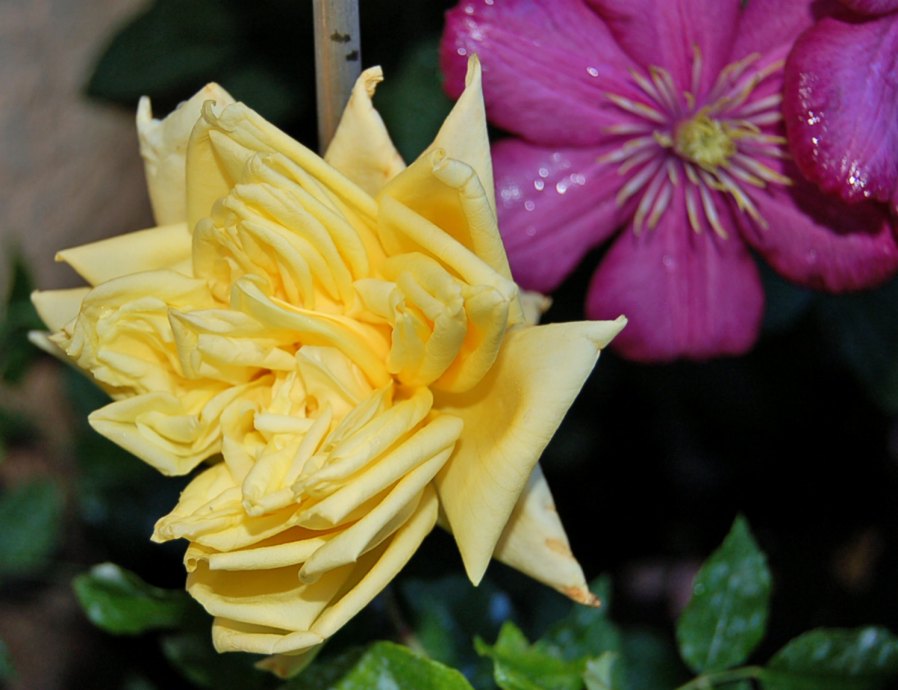I know there has been a lot of discussion of the chemistry of color and fragrance on this forum. I’m posting this as a general place to babble about our experiences, thoughts, preferences, and theories of fragrance in roses and breeding roses.
The first thing I do when I walk past a seedling that’s blooming for the first time is to reach down to pick a blossom and smell it.
The different types of rose fragrance in my book:
Fruitiness or citrus. While Morden Sunrise was distinctly a tangerine smell, other roses have more of an orange or other citrus element. It seems to be more often present in orange or yellow roses? One of my favorite smells. Maybe comes from R. foetida.
The Wild Rose Smell. Sweetness. Maybe a little musky like Firewitch Dianthus, which is another of my all-time favorite smells. It seems like the fragrances of rugosas and various species (carolina, virginiana, woodsii, and others) fall into this category. Commander Gillette gives this to its seedlings, I think.
Old-fashioned Rose Water. A powdery fragrance. Just this summer someone named it as rose water, which I wasn’t really familiar with but it makes sense. Stanwell Perpetual. My R. carolina x R. centifolia has this fragrance. Not everybody likes it.
Tea. I love drinking tea. It was cool to discover that the fragrance of some hybrid teas actually smells like tea. It must be balanced with sweetness and fruitiness for best effect. Remove the sweetness and you get the bland chemical smell of florist roses.
Musk rose fragrance. Now to me, “musky” is Firewitch Dianthus or the Brut deodorant I wore as an adolescent. The fragrance of musk roses, to me, smells more like lipstick, at it’s worst. I don’t really know if I know what musk roses are…I’m just talking multiflora/polyantha types. I had Perfume Breeze in a pot this summer and really enjoyed its fragrance and could imagine the scent carrying on the wind.
Blue for You…spicy cinnamon notes perhaps unique to Blue for You. Thanks to Kim for pointing this out.
How do you think about fragrance?
